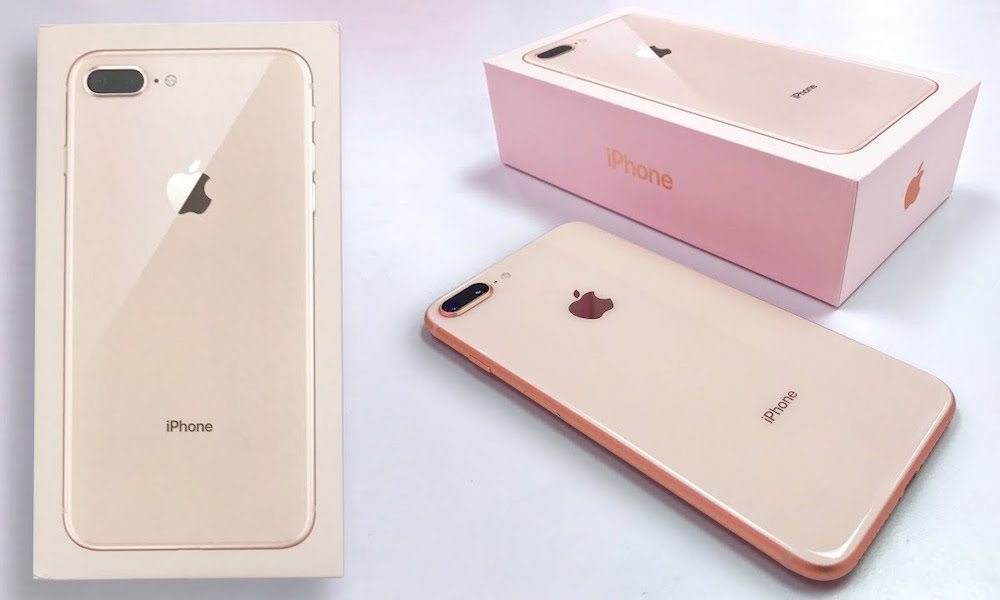Apple Details Extreme Measures for Sustainable iPhone Packaging

Toggle Dark Mode
Apple’s commitment to sustainability and environmental initiatives is well-known. And it’s extensive: ranging from how the company’s headquarters is built down to the packaging that iPhones come in.
On that last note, Apple has shared a new white paper — Paper and Packaging Strategy — that provides an overview of how the company lessens its impact by way of packaging its flagship product more efficiently and sustainably. In the white paper, the company outlines its three main priorities as far as its sustainability efforts.
- Reduce impact on climate change by using renewable sources and driving energy efficiency in products and facilities.
- Conserve precious resources by using materials efficiently, using more recycled and renewable content in products, and recovering material from products at the end of their life.
- Identity, develop, and utilize safer materials in products and processes.
The company has previously detailed some of its efforts, such as how it recovers precious materials from recycled iPhones, or how it creates artificial sweat to test certain materials and components for safety and durability. In today’s paper, the company expands on how its packaging is helping its environmental ventures, with the change between the iPhone 6s packaging and the iPhone 7 packaging as just one example of Apple’s efforts.
iPhone 6s vs iPhone 7 Packaging
For the iPhone 6s, the packaging included two stacked plastic trays for the device itself, as well as its accessories. The iPhone 7’s packaging, on the other hand, eliminated one of these trays and implemented a new single-tray design that essentially cut the material footprint in half.
In addition to using less material, Apple is exploring the use of more sustainable material. The company’s environmental teams have found a fiber-based material that can replace the petroleum plastic that’s been used for iPhone packaging thus far.
According to the paper, the iPhone 7’s packaging already used fiber-based plastic trays. Additionally, iPhone 7 owners may have noticed that the packaging did away with the old plastic EarPods case, instead opting for a new paperboard-solution. Through all of these methods, Apple has achieved an 84 percent decrease in the use of plastic materials for the iPhone 7’s packaging.
iPhone 8 Packaging
Apple didn’t stop there. For the iPhone 8, the company examined details as small as the plastic wrap that covers the device’s wall charger in the box. And though that piece of plastic is barely an afterthought for most consumers, Apple put a lot of effort into making it as environmentally sustainable as possible.
A fiber-based solution to the plastic wrap was initially challenging due to the way fiber reacts to humidity. An iPhone’s box is likely to move through various environments, making it impossible to control the humidity. To remedy that problem, Apple worked directly with the supplier to create a manufacturing process for a fiber-based plastic wrap that met the company’s specific technical demands.
“While the power adapter is a small piece of the iPhone packaging, it represents a significant amount of material given the number of iPhone units sold,” the company wrote. Indeed, the company said that its extensive program — with its extreme attention to detail — would spur other firms to “take responsibility” for their environmental impact.






